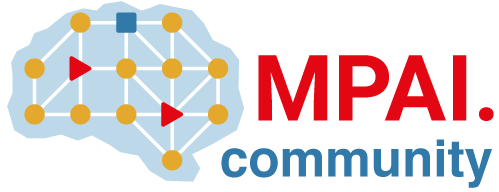Database migration pipeline
Introduced in GitLab 14.2.
With the automated migration testing pipeline
we can automatically test migrations in a production-like environment (similar to #database-lab).
It is based on an architecture blueprint.
Migration testing is enabled in the GitLab project
for changes that add a new database migration. Trigger this job manually by running the
db:gitlabcom-database-testing job within in test stage. To avoid wasting resources,
only run this job when your MR is ready for review.
The job starts a pipeline on the ops GitLab instance. For security reasons, access to the pipeline is restricted to database maintainers.
When the pipeline starts, a bot notifies you with a comment in the merge request. When it finishes, the comment gets updated with the test results.
The comment contains testing information for both the main and ci databases.
Each database tested has four sections which are described below.
Summary
The first section of the comment contains a summary of the test results, including:
- Warnings - Highlights critical issues such as exceptions or long-running queries.
- Migrations - The time each migration took to complete, whether it was successful, and the increment in the size of the database.
- Runtime histogram - Expand this section to see a histogram of query runtimes across all migrations.
Migration details
The next section of the comment contains detailed information for each migration, including:
- Details - The type of migration, total duration, and database size change.
- Queries - Every query executed during the migration, along with the number of calls, timings, and the number of the changed rows.
- Runtime histogram - Indicates the distribution of query times for the migration.
Background migration details
The next section of the comment contains detailed information about each batched background migration, including:
- Sampling information - The number of batches sampled during this test run. Sampled batches are chosen uniformly across the table's ID range. Sampling runs for 30 minutes, split evenly across each background migration to test.
- Aggregated query information - Aggregate data about each query executed across all the sampled batches, along with the number of calls, timings, and the number of changed rows.
- Batch runtime histogram - A histogram of timings for each sampled batch from the background migration.
- Query runtime histogram - A histogram of timings for all queries executed in any batch of this background migration.
Clone details and artifacts
Some additional information is included at the bottom of the comment:
- Migrations pending on GitLab.com - A summary of migrations not deployed yet to GitLab.com. This information is useful when testing a migration that was merged but not deployed yet.
-
Clone details - A link to the
Postgres.aithin clone created for this testing pipeline, along with information about its expiry. This can be used to further explore the results of running the migration. Only accessible by database maintainers or with an access request. -
Artifacts - A link to the pipeline's artifacts. Full query logs for each
migration (ending in
.log) are available there, and only accessible by database maintainers or with an access request. Details of the specific batched background migration batches sampled are also available.
